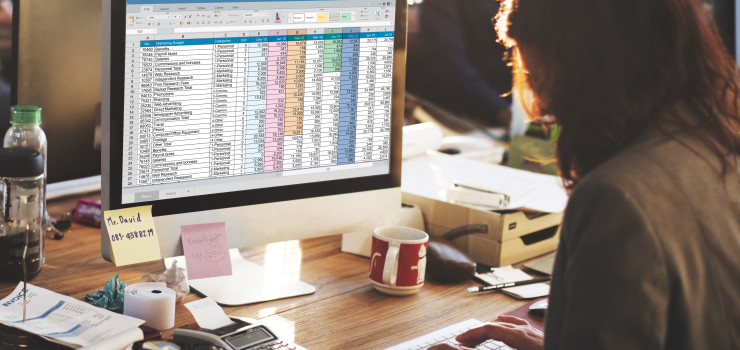Cash flow is vital for any successful business, and it’s a fundamental mistake not to have a cash flow budget. Even if sales are increasing, many small businesses struggle because they don’t have enough cash. This budget will help you to figure out how much money you have, how much you need to spend, and how much you need to bring in to meet business requirements. It should include revenues, expenses, and most importantly profits or ‘cash flow’. It will be developed from the aims decided in the planning process and also the expected sales figures.
To create a cash flow budget you need to start by developing a figure for your sales revenue. Analysing previous financial data is one method of creating a budget. Another is by starting from scratch and entering information line by line into a spreadsheet or accounting program. Either way, regular tracking of actuals against the budget is essential. Begin by estimating what type of realistic profit you expect in the coming year. If you have been in business for a while, use your company’s most recent financial statements. The reason you start with sales is because this information will dictate your estimates for expenses and capital expenditure. Anticipated income and expenses in any cash flow budget needs to, as accurately as possible, account for items subject to and not subject to GST. It should also include an itemised list of the fixed and variable expenses you have. You need to also have a cash flow cushion for unexpected expenses. This is a minimum amount of cash you need to keep on hand for emergency situations.
A cash flow budget should be developed at least once a year. You should make any adjustments to the budget numbers based on current plans for the coming year. When your budget is complete, it will take minimal effort to maintain but you need to monitor it on a regular basis – a quick weekly check in will do – and update it with actuals monthly. Most yearly budgets are divided into 12 month breaks and even down to weekly figures, with blank columns next to your estimates to fill in with your actual results as the year progresses. By committing these numbers to paper it will help you spot problems before they occur. Actual budget outcomes should be observed regularly, and if there are significant differences to the budget, it can be changed accordingly. But the actual budget should not be amended every month to mirror actual results. Differences between actual results and the budget should be analysed and the reasons for these differences considered for future budgets.
An important consideration with any cash flow budget is knowing what your break-even point is. A break even budget gives you the income target to meet all expenses required to run the business. It is the point at which total revenue equals total costs or expenses. At this point there is no profit or loss. By understanding where your break-even point is, you are able to work out how profitable your present offering is, how far sales can decline before you start to make losses, how many sales you need to make before you see a profit and how reducing price or volume of sales will impact on your profits. It’s very important that these figures include wages, especially in the case of sole traders who should also allow for superannuation in these calculations.
Once a cash flow budget is established you’ll need to keep some good procedures in place to monitor the cash flow. Remember that budgeting is not an exact science but it’s important to use realistic figures. Using good cash management practices along with monitoring how your cash is flowing, both now and in the future, is the path to a sustainable business.

